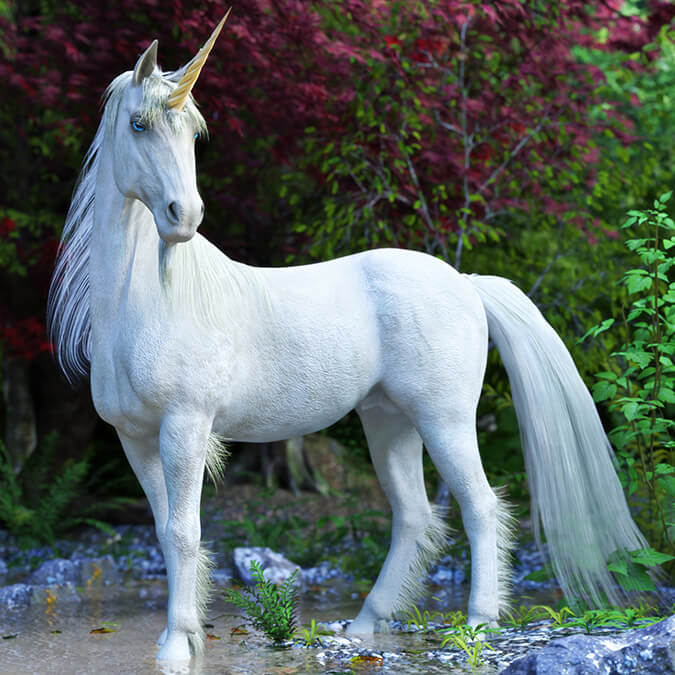
Pegasus and unicorns, as mysterious and fascinating creatures, respectively carry different cultural symbols and legends. Although they all belong to mythological creatures, they have unique features in their image, origin, and symbolic significance. This article will delve into the difference between Pegasus and Unicorn, and answer some common questions about them.
1. What are Pegasus and Unicorn?

Pegasus is a creature in Greek mythology, often depicted as a winged horse. It is known for its unique flying ability and mysterious background.
Unicorn is a creature derived from European legends, often depicted as a magical creature with a single long horn on its horse body. Unicorns are well-known for their pure and noble image.
2. What is the difference in image between Pegasus and Unicorn?
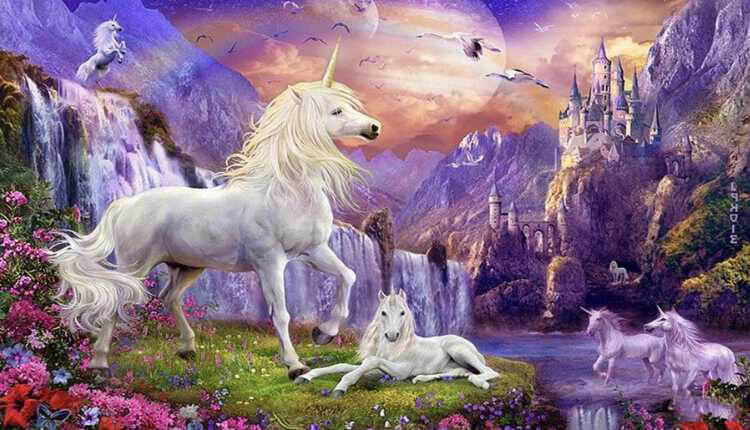
The main characteristic of a Pegasus is that it has wings, allowing it to fly in the sky. In addition to wings, Pegasus usually has an elegant body, and sometimes its hooves may have magical abilities.
Unicorns are characterized by a single horn on their forehead, which is a long and pointed horn. The appearance of unicorns is usually depicted as white, pure, with an elegant horse body, and is a mysterious creature.
3. What is the origin of the mythological legends of Pegasus and Unicorn?
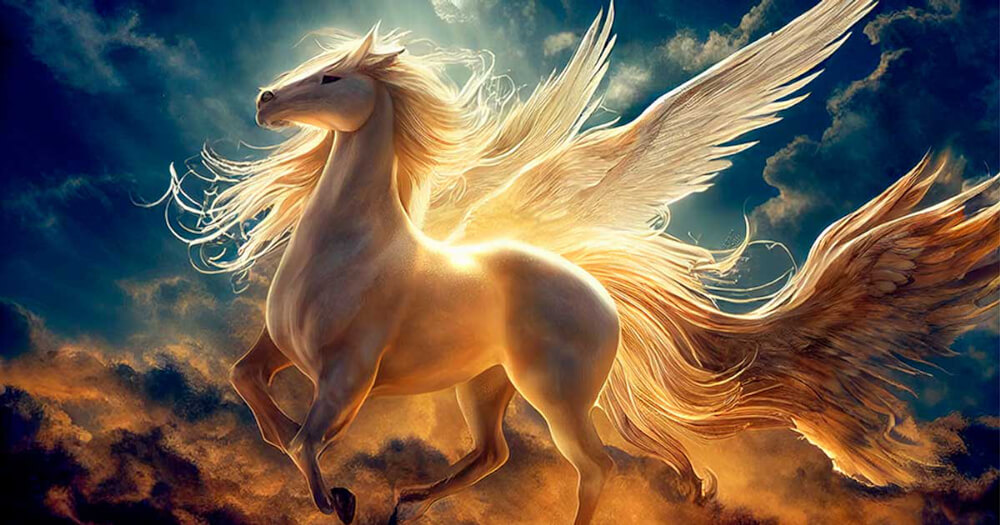
The origin of Pegasus can be traced back to Greek mythology, where the most famous Pegasus emerged from Medusa’s neck and was tamed by the hero Perseus.
The legend of unicorns originated from medieval legends in Europe and is considered a mysterious and pure existence. In different cultures, unicorns are endowed with healing and magical powers.
4. What are the symbolic meanings of Pegasus and Unicorn in culture?
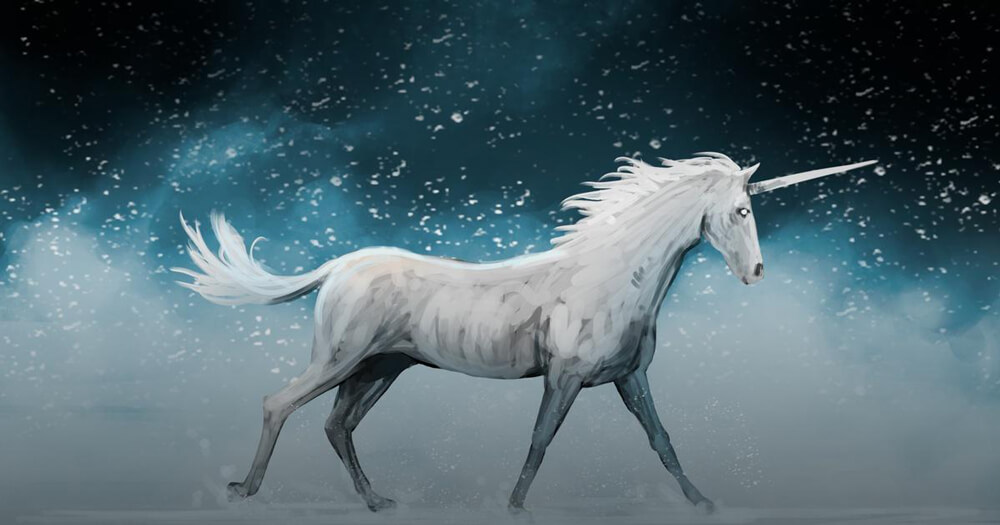
Pegasus is often seen as a symbol of bravery, freedom, and creativity. Its soaring image in the sky makes it a symbol of pursuing dreams and transcending limitations.
Unicorn symbolizes purity, nobility, and mystery. In many stories, unicorns are depicted as appearing only to pure humans, thus possessing a mysterious and precious significance.
5. How do Pegasus and Unicorn perform in contemporary culture?
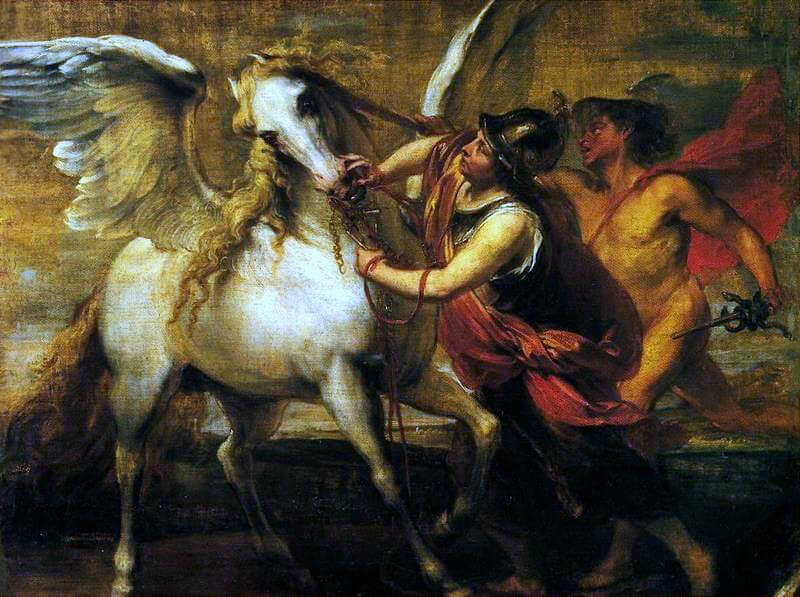
The image of Pegasus is widely present in contemporary culture, such as in literature, film, and art works. Pegasus is often used to represent creativity, freedom, and the spirit of pursuing dreams.
Unicorns are also highly favored in contemporary culture and have become the subject of various commodities and media works. The image of unicorns has been endowed with cute and fantastical qualities, becoming a part of popular culture.
6. What are the similarities and differences between Pegasus and Unicorn in different cultures?
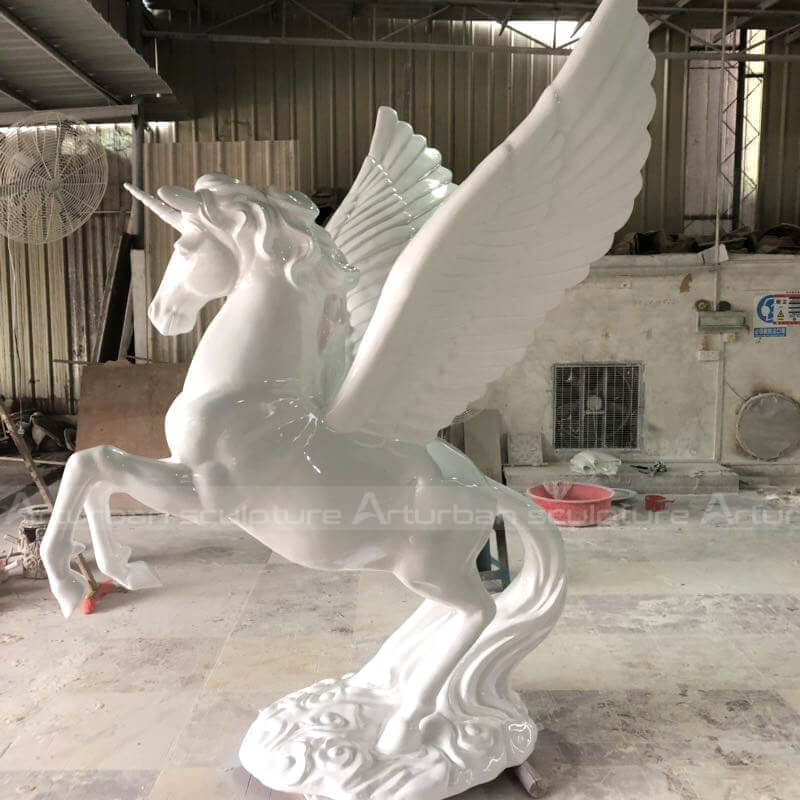
The image of Pegasus is relatively consistent across different cultures, mainly reflected in Greek mythology and subsequent Western culture.
Unicorn is reflected in European and Asian cultures, but there may be some subtle differences in different legends.
Pegasus and unicorns, as mysterious and beautiful creatures, play unique roles in cultural inheritance. Pegasus symbolizes freedom and creativity with its flying posture, while unicorns become symbols of nobility with their pure and mysterious image. Although they exist in myths and legends, they still emit charming brilliance in contemporary culture, continuing to provide people with inspiration and imagination space.
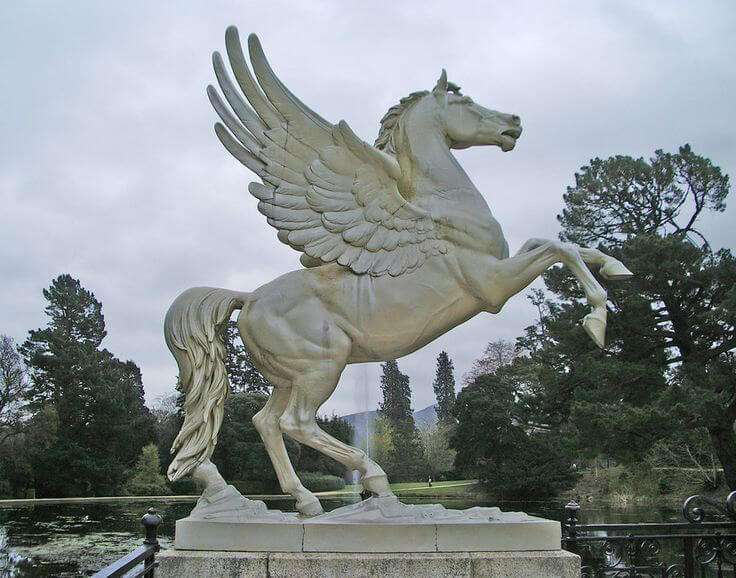
Arturban sculpture stands out for its outstanding professionalism, whether it’s unicorn sculpture or Pegasus sculpture, we can customize according to your needs. We have a professional design team dedicated to creating unique artworks according to customer needs. Adopting advanced craftsmanship and exquisite sculpture techniques, ensuring that each sculpture has high artistic value and ornamental value. By choosing Arturban, you will receive professional assurance in customizing sculptures and creating your own unique artistic space.
Send us your requirements now, we will reply to your email within 24 hours
